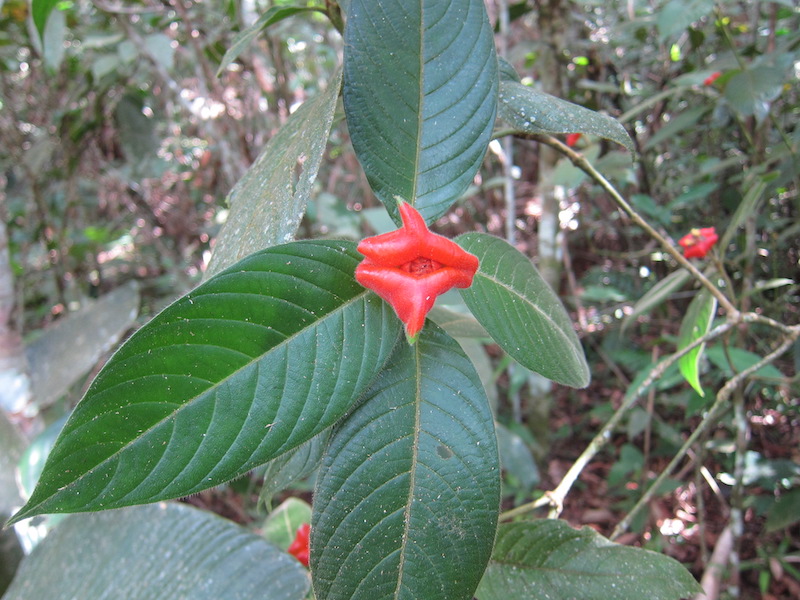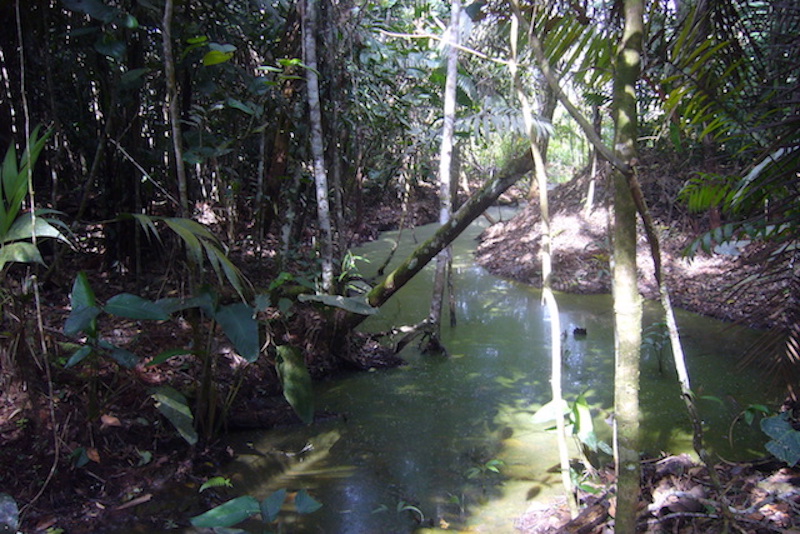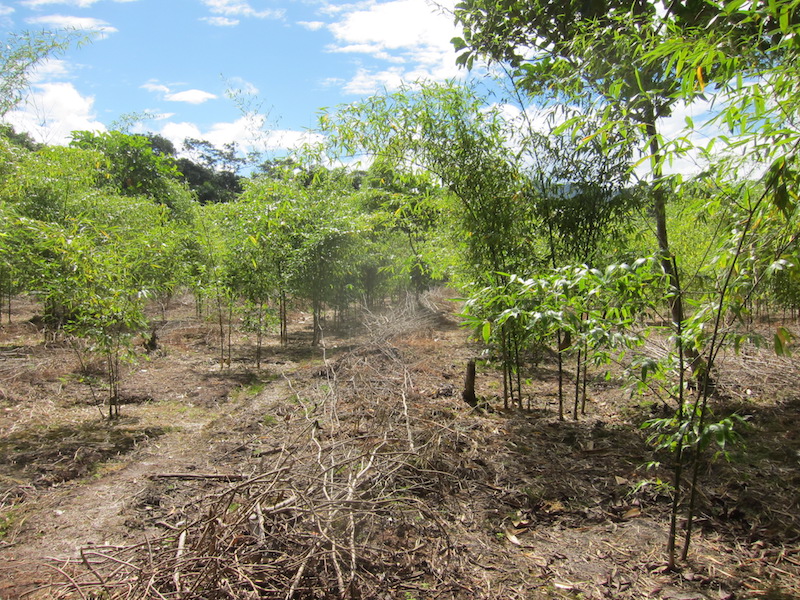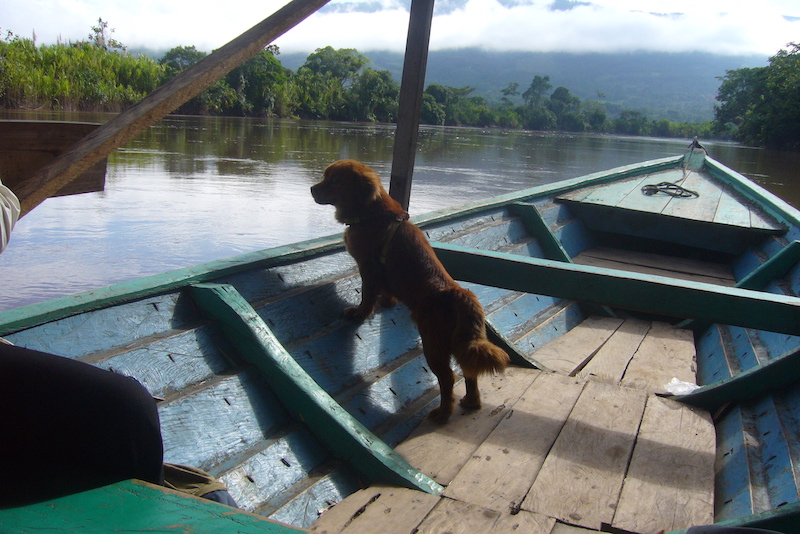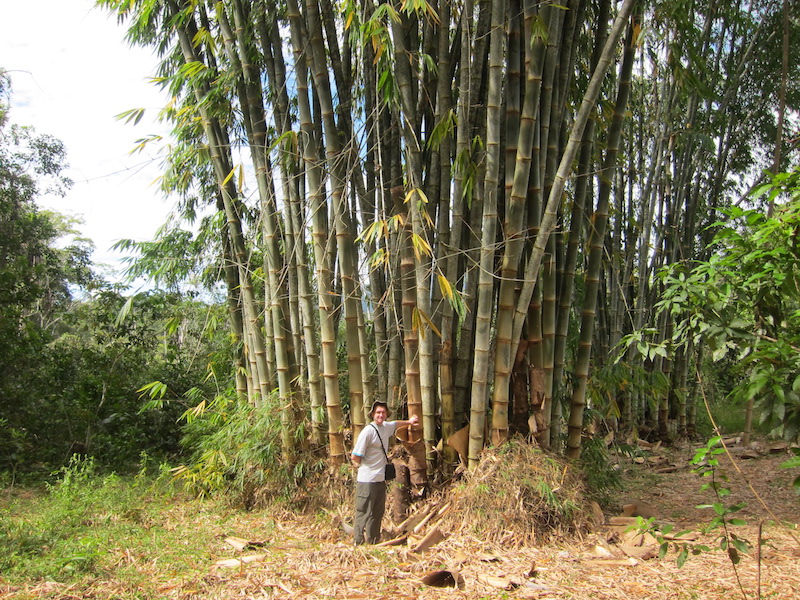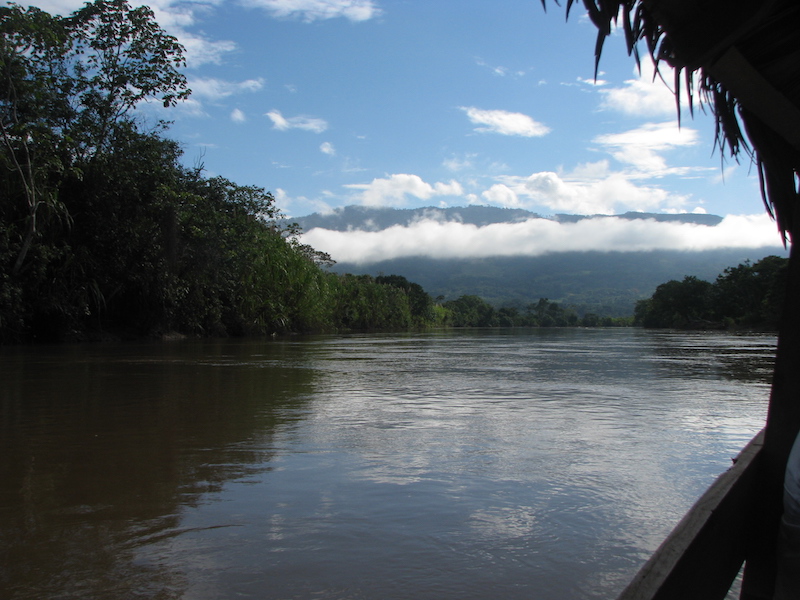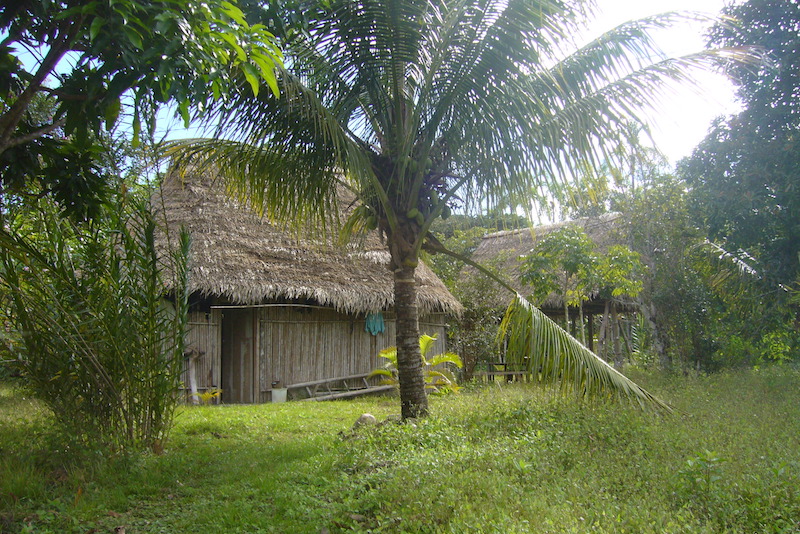In 1997, the Peruvian Parliament approved a new Law of Protected Natural Areas in which Private Conservation Areas (Áreas de Conservación Privadas or ACPs) were given legal recognition.
To qualify for this recognition, the owners of the land need to be in possession of the correct title deeds, and demonstrate that their property contains representative examples of the area's characteristic eco-system.
While participants do not receive any financial help from the government, ACPs give expression to the fledgling, grassroots conservation movement in Peru, whereby individuals, communities, NGOs or business can voluntarily contribute to biological diversity, connect large fragments of eco-systems while providing services, such as watershed protection, for nearby cities and towns.
By zoning their land in this way, owners opt to manage parts of it for conservation, while keeping other parts for subsistence use and eco-tourism.
The dry forest of Chaparri was the first area in the country to be granted ACP status, in the year 2000, in response to an initiative by the local community of Santa Catalina de Chongoyape.
Since then another 88 ACPs have been recognised, of which the highest concentration (15) is in the Department of Amazonas.
PeruNorth recently had the chance to visit ACP #29 - Juningue, located near Moyobamba in the Department of San Martin.
This 78-hectare parcel of land was granted its Private Conservation Area status, by the Ministry of the Environment, in February 2011. This status lasts for 10 years, and yet five years later, the owners - a group of nine siblings who had inherited the land - are still unsure exactly what to do with it.
What is not in doubt is that it is a lovely spot.
Located only a 10-minute boat ride from Moyobamba, downstream on the Mayo River (a tributary of the Amazon River), Juningue is in a tropical rainforest environment, that is home to 46 species of typical flora, including Argentine & Spanish cedar, lancepods, ceiba, and the Cattleya orchid, all of which are considered to be endangered.
Notable fauna includes the little-studied Peruvian night monkey, amongst the 26 species of mammal; while the 44 bird species include barred & pale-browed tinamou, and the festive parrot.
One of the principal objectives of ACP Juningue is to preserve the forest and the water sources contained within, while protecting these at-risk jungle species.
However, management of an ACP incurs costs. Pathways need to be kept clear, fences and bridges mended, and there is always the worry of squatters moving in, if the land is unoccupied.
Discussing Juninge’s possibilities with Abel Hoyos.
According to Abel Hoyos, one of the owners who showed us round, one problem they had had to deal with is their farmer neighbour had cut a hole in the fence to allow his cattle to graze on their land!
He was keen to offer Juninge as an eco-tourism destination, and that is why they had invited PeruNorth to give an opinion, as none of the family have any experience in the travel industry.
In our opinion, it would make a great destination for a day trip, starting with the relaxing boat ride down the Rio Mayo from Tahuishco port in Moyobamba, bird-spotting along the way; and ending with the unique experience of hearing the eerie calls of the tinamous as they roost at the end of the day.
In between times, one could enjoy the home-made juices and locally-sourced coffee, walk the trails, swim in the clear water of Juninguillo creek, relax in a hammock beside the river or try some angling at the small fish farm.
If this sounds up your street, and you are in the Moyobamba area, let us help you organise this.
We also urged Abel and his family to make contact with national and international universities, as the Alto Mayo tropical rainforest - of which Juningue is part - is currently under-researched.




